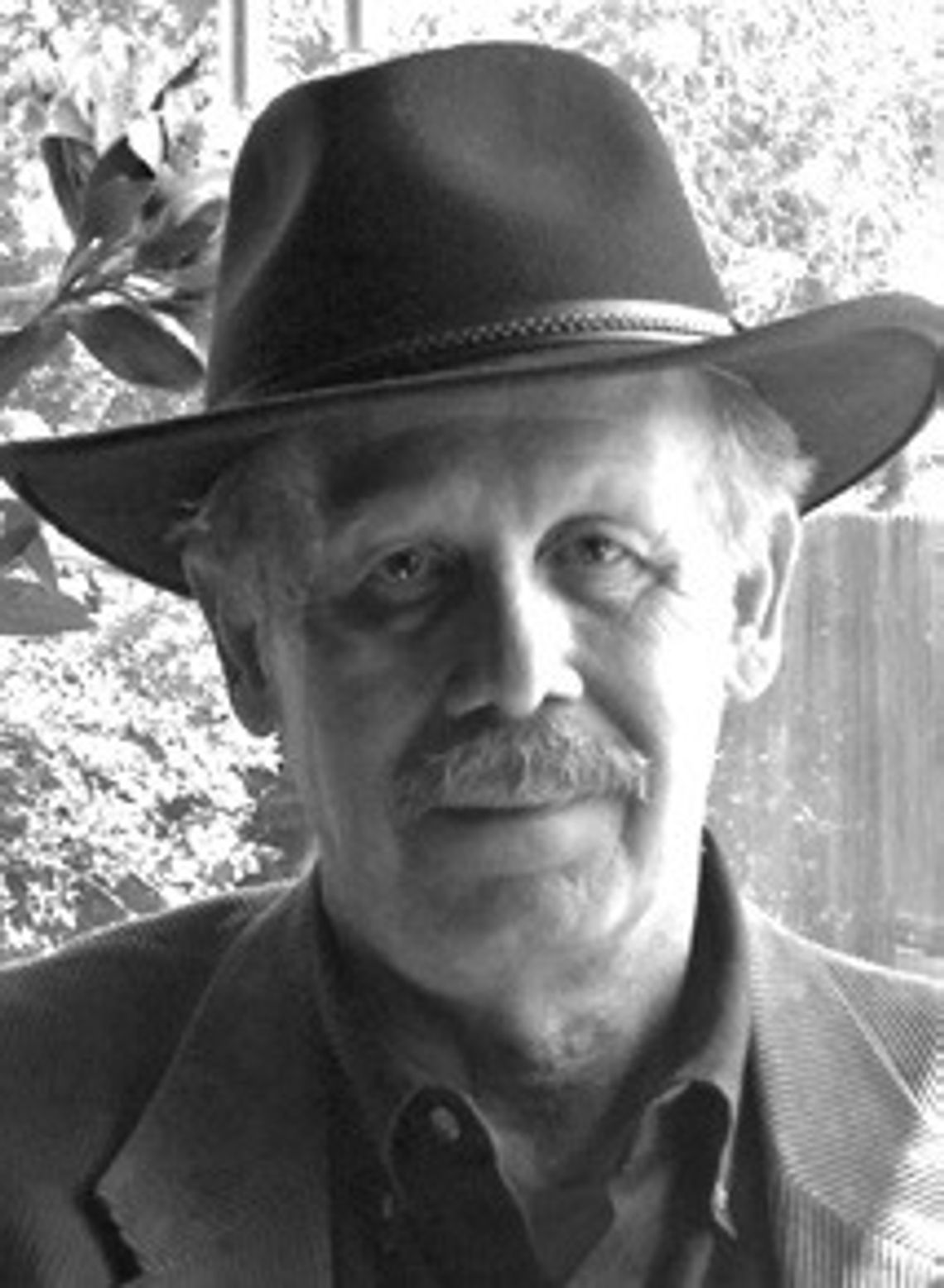The Number 1 single on the pop-music chart for the week ending Jun. 11, 1961 was “Running Scared” by the West Texas balladeer Elvis Presley once called “the greatest singer in the world.”
The year was 1936 and the place was Vernon just this side of the Red River.
Orbie Lee and Nadine Orbison welcomed the newest addition to their working-class family, a boy they named Roy Kelton.
The defense plants drew the breadwinner to Fort Worth during World War II, but he pulled up stakes again after butter became more important than guns.
The Orbisons moved out west to Wink, a tiny oil-patch community not far from where the New Mexico and Texas state lines come to a point.
Music was as much a part of Roy’s childhood as cornbread and molasses. He learned to play the guitar from his father at six and seven years later formed his first band “The Wink Westerners.”
It was not long before the teenaged musicians were out of the garage and on the radio in nearby Kermit.
Roy received his diploma from Wink High in 1954 and attended North Texas State for a couple of semesters. But Denton was too far from home, and he transferred to a junior college in Odessa the next year.
The revived Westerners caught fire with weekly half-hour shows on two television stations.
A guest performer, 23-year-old Johnny Cash, liked what he heard and referred the group to his producer, Sam Phillips of Sun Records.
At first the rockabilly pioneer wanted nothing to do with Orbison and his playmates but changed his mind after listening to “Ooby Dooby,” a catchy tune the Wink wonders recorded in a New Mexico studio. The star-maker invited The Westerners to Memphis, where he signed them up and changed their name to “The Teen Kings.”
Orbison pictured himself following in the footsteps of Phillips protégés like Elvis Presley, Carl Perkins, Jerry Lee Lewis and his benefactor Cash. But after making a modest splash with the re-release of “Ooby Dooby,” the Teen Kings fell out of favor.
His friends returned to West Texas, but Orbison stayed in Memphis and joined the ranks of the music capital’s struggling songwriters.
He wrote “Claudette,” named after his new wife, for the Everly Brothers, who put it on the flip side of their huge hit “All I Have To Do Is Dream.”
In 1957 Orbison teamed up with Midland native Joe Melson, and the talented Texans invented a new musical genre – the rock ballad. The prolific pair penned a passel of Top 20 songs for the small-time label, Monument Records.
Owner Fred Foster rewarded Orbison with a second shot as a singer, and he responded in March 1960 with the unforgettable “Only The Lonely.” The haunting ballad soared to No. 2 in the United States and to the top of the charts in Great Britain, where rock ’n roll was all the rage.
Roy Orbison at 24 was on his way to international stardom. In three remarkable years, he sold millions of 45s with smash hits such as “Blue Angel,” “Running Scared,” “Crying” and “Blue Bayou” – all Orbison-Melson collaborations.
Overcoming his fear of live performances, the shy vocalist with the amazing four-octave range played sold-out concerts at home and abroad. He toured Europe in 1963 with an unknown British quartet, and it was Orbison who encouraged the Beatles to come to the former colonies.
One of the few American recording artists to survive the subsequent “British Invasion,” “The Big O” actually thrived. “Oh, Pretty Woman,” No. 1 in 1964, set a record for the most copies sold in the first ten days and ultimately totaled seven million.
Orbison’s unusually pale complexion and ever-present sunglasses spawned rumors which persist to this day. He was neither, as some believed, an albino nor was he blind.
Times change and so do tastes in music, as Orbison found out in the late 1960s. However, for every American fan he lost there were two foreigners to take their place.
The slump in his U.S. popularity coincided with terrible tragedies only two years apart. Claudette Orbison was killed in a motorcycle accident in the summer of 1966, and two of their three sons burned to death in a fire at the family residence in September 1968.
Grief kept Orbison out of the limelight and the studio for a long time.
He remarried, had two more boys by his second wife and gradually picked up the pieces of his shattered personal life.
Open-heart surgery in 1978 bought the ailing performer ten more years. He lived long enough to experience a gratifying resurgence in popularity and the appreciation of his peers.
“His voice could jar a corpse, always leave you muttering to yourself something like, ‘Man! I don’t believe it!” marveled Bob Dylan. But to Barry Gibb of the Bee Gees, Roy Orbison was simply “the voice of God.”
“Unforgettable Texans” brings to life the once famous people no one remembers today. Order your copy for $24.00 by mailing a check to Bartee Haile, P.O. Box 130011, Spring, TX 77393.
This Week in Texas History: West Texas singer soars to stardom
Texas History
- 06/07/2023 09:20 PM










